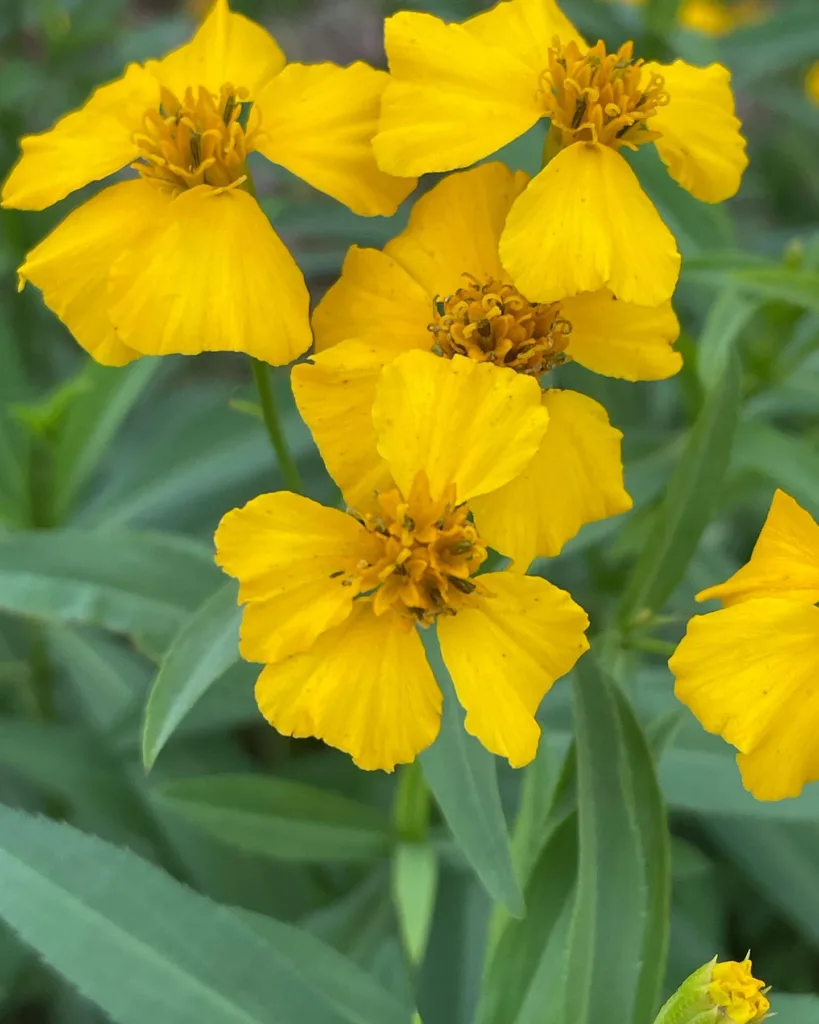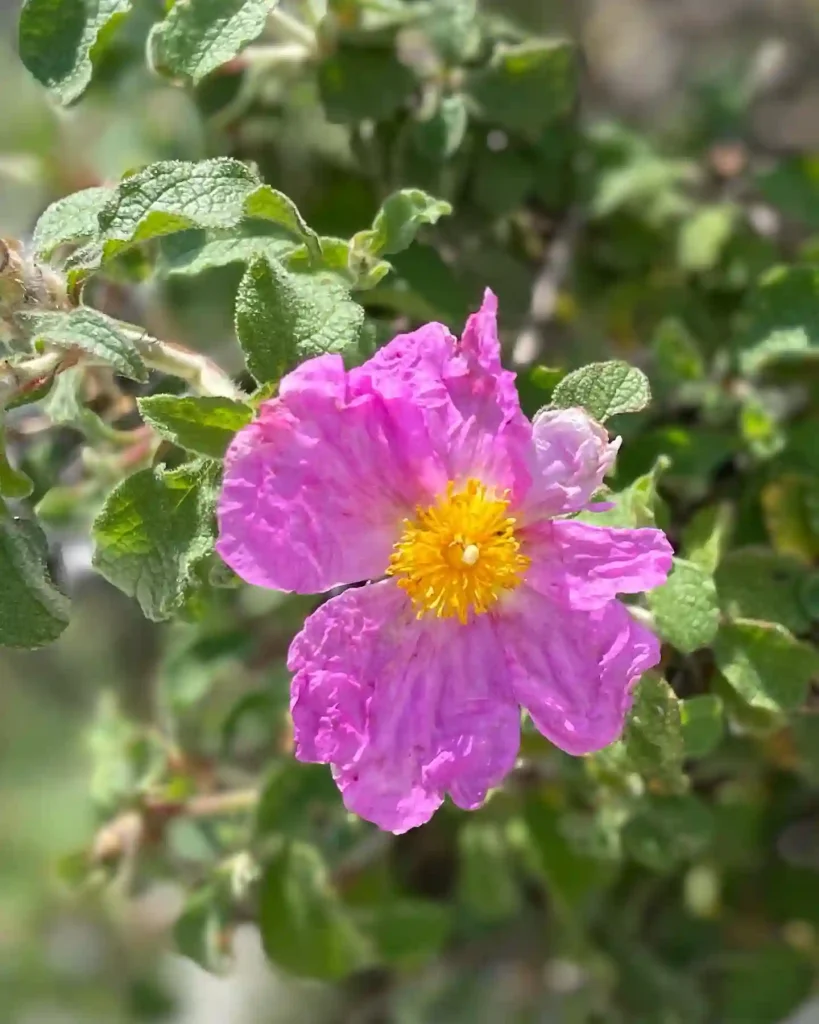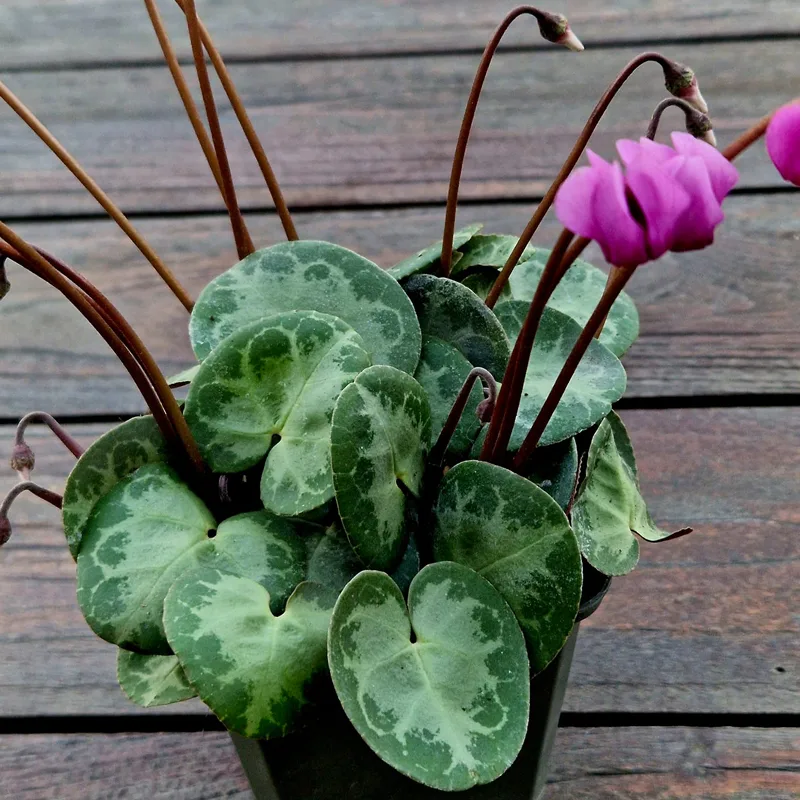The Majesty of Samanea: A Personal Reflection
My name is Ferb Vu, and I’ve always been drawn to the natural world, especially the towering giants of the plant kingdom. Among them, the genus Samanea holds a special place in my heart. These majestic trees, with their wide-spreading canopies and vibrant flowers, are a testament to the beauty and resilience of nature.
I first encountered a Samanea saman, commonly known as the rain tree, during a childhood trip to Vietnam. I was awestruck by its sheer size, its branches reaching out like welcoming arms, providing shade from the tropical sun. The delicate pink flowers, clustered like pom-poms, added a touch of whimsy to this already impressive tree. This encounter sparked a lifelong fascination with the genus Samanea.
Understanding the Samanea Genus
Samanea is a genus of flowering plants belonging to the legume family, Fabaceae. These trees are native to the tropical regions of the Americas, from Belize down to Paraguay, with one species found in the Democratic Republic of the Congo. They are characterized by their large, umbrella-shaped crowns, bipinnate leaves, and showy flower clusters.
What truly sets Samanea apart is its unique ability to fold its leaves at night or during rain, hence the common name “rain tree.” This fascinating behavior, known as nyctinasty, is thought to be an adaptation to conserve water or protect the leaves from cold temperatures.
Species within the Samanea Genus
While the genus Samanea was once considered to have numerous species, recent taxonomic studies have narrowed it down to just four distinct species:
- Samanea saman (Jacq.) Merr. – This is the most well-known species, often simply referred to as the “rain tree.” It is widely cultivated throughout the tropics for its ornamental value and shade.
- Samanea inopinata (Harms) Barneby & J.W. Grimes – A lesser-known species, it is native to South America and is characterized by its smaller size and yellowish-white flowers.
- Samanea tubulosa (Benth.) Barneby & J.W. Grimes – This species is native to Central and South America and is distinguished by its tubular-shaped flowers.
- Samanea guineensis (G.C.C. Gilbert & Boutique) Brenan & Brummitt – This species is unique as it is native to Africa, specifically the Democratic Republic of the Congo.
The Importance of Samanea
Beyond their aesthetic appeal, Samanea trees play a vital role in their ecosystems. Their extensive root systems help to stabilize the soil, preventing erosion. The dense canopy provides habitat for a variety of animals, from insects to birds. The fallen leaves and flowers enrich the soil, contributing to the overall health of the ecosystem.
Samanea trees also hold cultural significance in many regions. In some cultures, they are considered sacred, believed to be the dwelling place of spirits. They are often planted in public spaces, providing shade and a sense of community.
Conservation Efforts
Despite their importance, some Samanea species face threats due to deforestation and habitat loss. Conservation efforts are crucial to ensure the survival of these magnificent trees. This includes protecting existing forests, promoting sustainable logging practices, and planting new trees.
My Continued Fascination
My fascination with Samanea continues to this day. I find myself drawn to their presence, whether it’s a solitary rain tree in a park or a grove lining a rural road. These trees serve as a constant reminder of the power and beauty of the natural world. They inspire me to appreciate the interconnectedness of all living things and to do my part in protecting our planet.
I believe that by understanding and appreciating the genus Samanea, we can gain a deeper appreciation for the natural world and our place within it. These majestic trees are not just a source of beauty and shade, but also a symbol of resilience, adaptation, and the interconnectedness of life.
If i die, water my plants!



